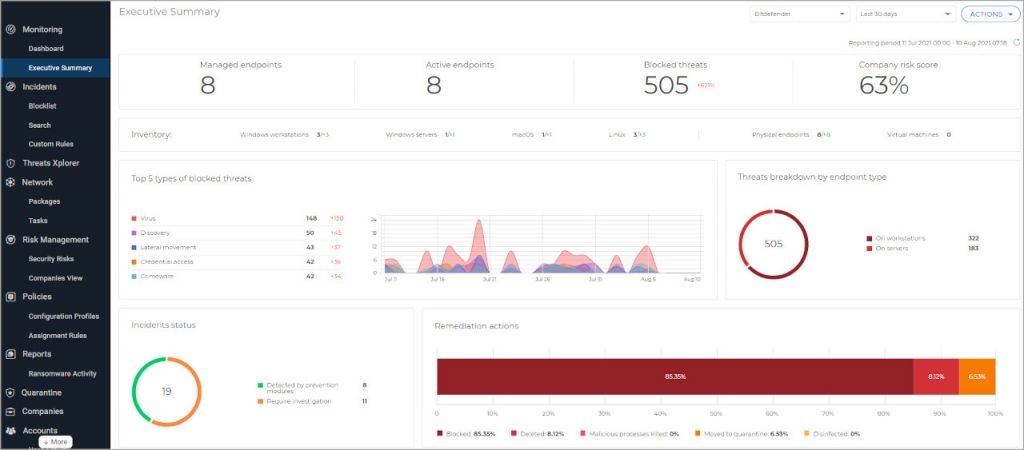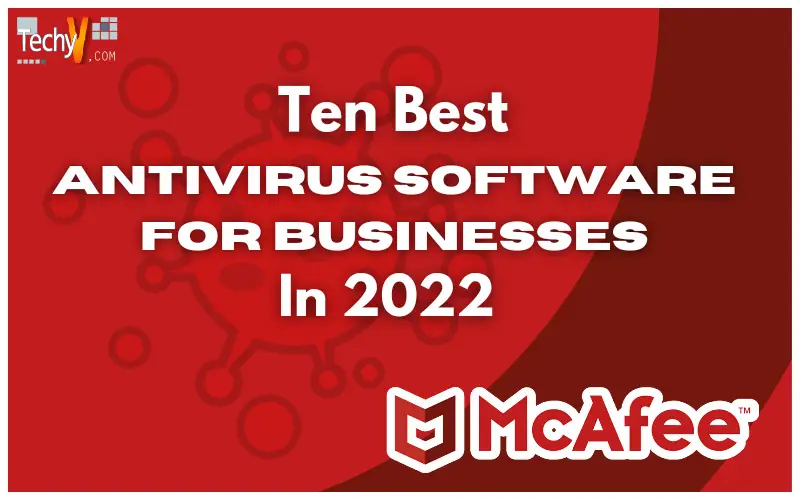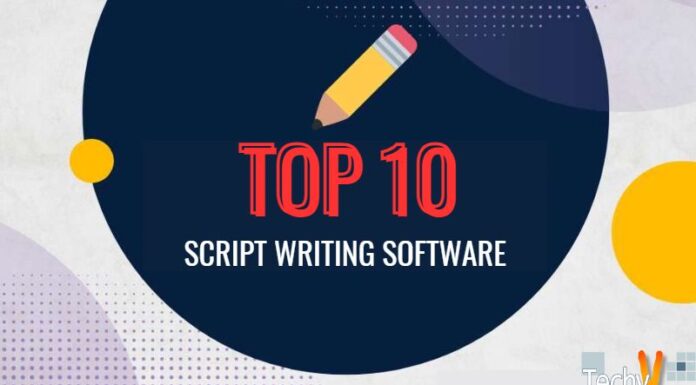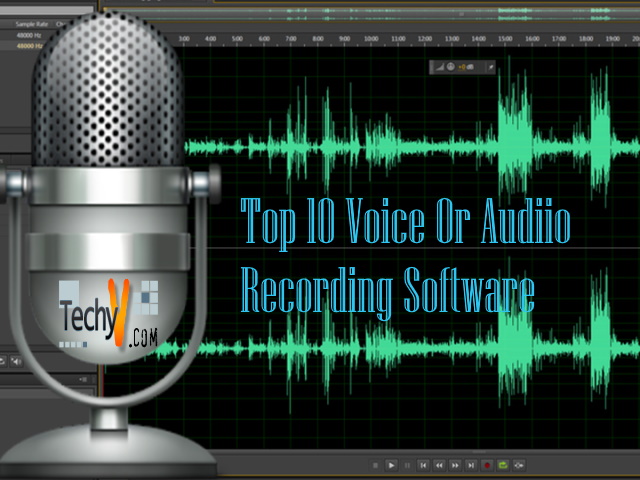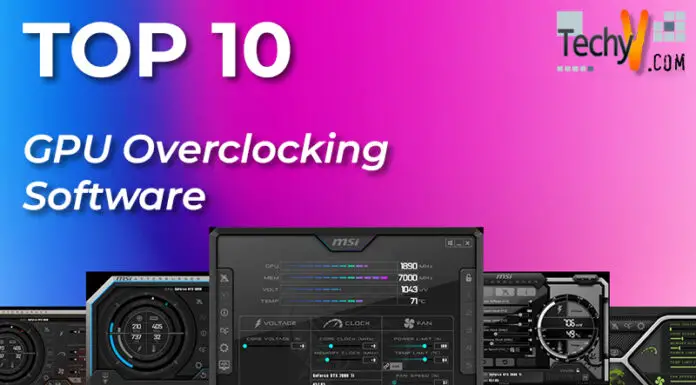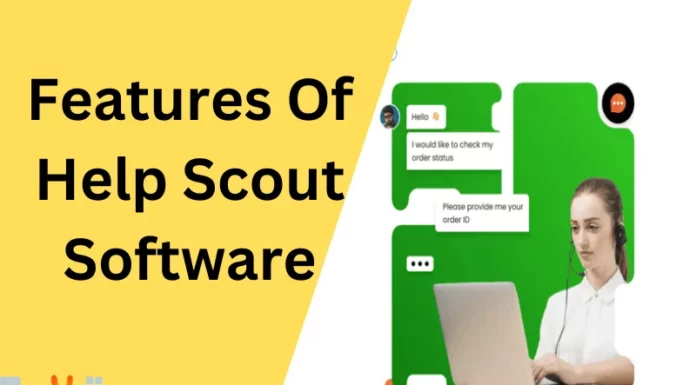It is apparent for modern businesses to have an online presence. Due to frequent attacks that happens from bad/malware factors, online presence necessitates the use of some sort of protection. In this case, an antivirus software.
What is antivirus software?
It is a software that assists to shield computers or mobile gadgets from being infected from malwares or bad factors. Modern antivirus software can detect and remove malware of practically any sort, as well as perform other security services like scanning emails, monitoring web traffic and generally protect a computer from whatever the internet throws at it. The following articles discusses ten best software that can be used in business 2022.
1. McAfee MVISION
MVISION is McAfee’s name for its cloud-native enterprise security solution, which includes many features typical to an enterprise security platform. Individually, its two antivirus-equivalent products, EDR and Endpoint Security, which offer features expected of them as well.
You may have got the feeling from what was written above that EPP and EDR are two sides of the same product: EPP does the actual work of securing workstations, while EDR gathers all that information up into actionable reports and insights for the security team. That is especially correct in McAfee MVISION’s instance.

2. Kaspersky
Kaspersky offers a lot of products aimed at different tiers of businesses. Small Office Security and Endpoint Security. Cloud are designed for small businesses, medium businesses can choose Endpoint Security Business Select and Advanced and at the enterprise level a variety of additional security products are available.

3. CrowdStrike Falcon
CloudStrike with its different levels of Falcon cyber security is an open source software. It is sold at $8.99/month and once purchased, you get Falcon Prevent, CrowdStrike’s next-generation antivirus software, its threat intelligence software, USB device control software and firewall management software. Additional tiers add Falcon Insight, the EDR software for the platform, as well as its threat hunting and IT hygiene software
Falcon Prevent, the actual antivirus product of the suite, uses next-generation behavior-based indicators of attack, AI-based detection, exploit blocking and other strategies that go beyond the basic definition-based antivirus that’s rapidly becoming irrelevant.
The clarity of its pricing structure and its offerings make Falcon a great option for smaller businesses who want to protect their networks and users without sacrificing a lot of budget to do so. As mentioned above, the introductory price gets you the minimum of what CrowdStrike offers, but that’s still a next-gen antivirus and endpoint security product for less than $10 a seat.

4. Bitdefender
Bitdefender’s GravityZone suite of enterprise security software is divided into three tiers: Business Security, Advanced Business Security and Elite. The basic tier, Business Security, is what is quoted at $77.69/year for three endpoints.
That’s not to say that GravityZone Business Security skimps on features — it definitely does not. Rather, it’s only capable of supporting physical and virtual workstations and servers. Other than that, it’s up the pricing ladder you go.

5. Trend Micro
There’s a lot of security software available from Trend Micro, with antivirus and endpoint defense being just one of the things it specializes in. Luckily, there are a couple of offerings that stand out, particularly geared toward protecting machines and the users that operate them.
First, there’s Apex One, a SaaS-style security product that integrates EDR with endpoint security and othe r solutions. The other option, one of three user protection security packages, offers some of the features of Apex One, but in an a la carte fashion designed for smaller organizations and those looking to save money.
6. ESET
Here is where I would say that, having managed enterprise distributions of ESET, I’m qualified to speak to its merits. Ten years on my time having done such, I would say ESET has changed a lot.
Like other products in this list, ESET Protect’s four tiers (plus the fifth, which is email security only) offer what you’d expect from enterprise security software that includes antivirus protection. The only disappointment to be found is in ESET’s reserving of EDR capabilities for its fourth, and most expensive, tier.
With its withholding of EDR for its top-tier customers, ESET is leaving a critical component of modern cyber security off the table for a lot of businesses. With that in mind, the choice to buy ESET may be best for enterprises with money to spend to ensure they get all the features.

7. Avast
Avast is truly a small and medium business-centric product. It doesn’t even offer an enterprise product tier, instead offering three levels of service. The basic level leaves out a VPN, webcam protection, password protection and patch management, all of which are nice to have, but not necessary.

8. Malwarebytes
When it was launched, Malwarebytes was a small piece of software sure to be a part of every IT person’s incident response kit. Now, it is a whole suite of security software that includes EPP and EDR software, altogether.
Malwarebytes’ endpoint protection product are marketed as “an advanced threat prevention tool” for small-to-medium businesses, and it’s EDR software as more applicable to large businesses. As is the case with many EDR products contrasted with EPP products, the difference largely comes down to the EDR software’s ability to actively mitigate exploits and better monitor connections.

9. Symantec
The Symantec brand is owned by Norton LifeLock though its two endpoint security products for enterprise are still sold under the Broadcom name.
When sold both, Symantec Endpoint Security Enterprise and Symantec Endpoint Security Complete have a feature set suitable to protect large organizations. The largest difference between SESE and SESC is their attack surface reduction, response and remediation capabilities, namely that the former doesn’t have any.
Those differences shouldn’t be surprising at this point: They’re basically par for the course when comparing EPP and EDR software. Regardless of the differences, Symantec’s enterprise antivirus solutions still have multiple distribution options, cover everything from mobile devices to servers, and use machine learning and behavior-based prevention to improve detection capabilities.
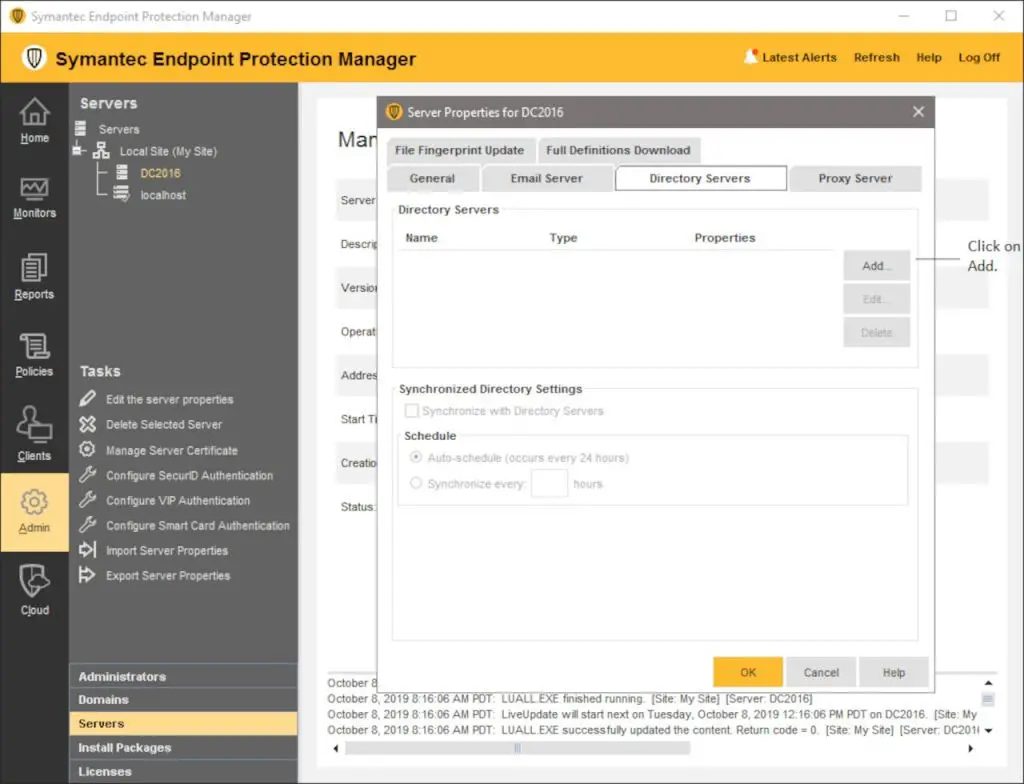
10. Microsoft Defender for Endpoint
Here’s a novel idea for offices that use Microsoft products: Don’t add another piece of third-party software when you can integrate another solution from Microsoft, instead. Sold as part of Office 365 E3 and Office 365 E5 subscriptions, Microsoft Defender for Endpoint is, like the other solutions in this article, capable of doing all the endpoint security work that it should do.
The difference, as before, comes down to EDR and advanced detection/remediation capabilities, which in this case are only available with MDE P2, part of the Office 365 E5 package. In case you’re not sure what the two Microsoft 365 packages are, they’re both bundles that include security software and other tools along with a subscription to Office 365.
